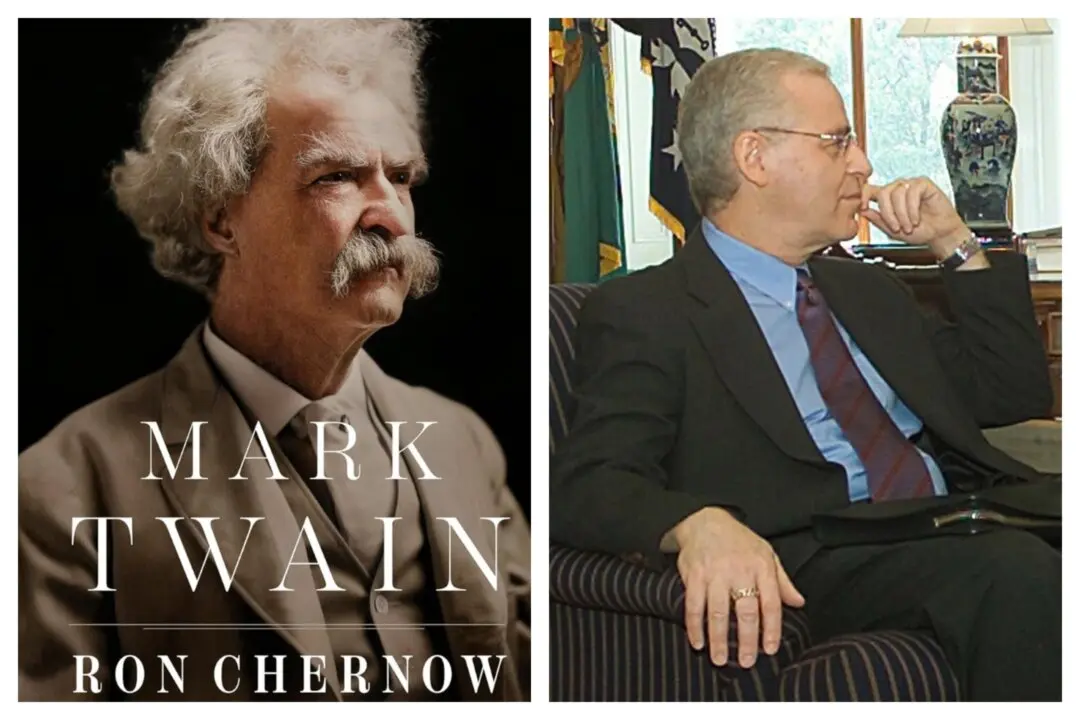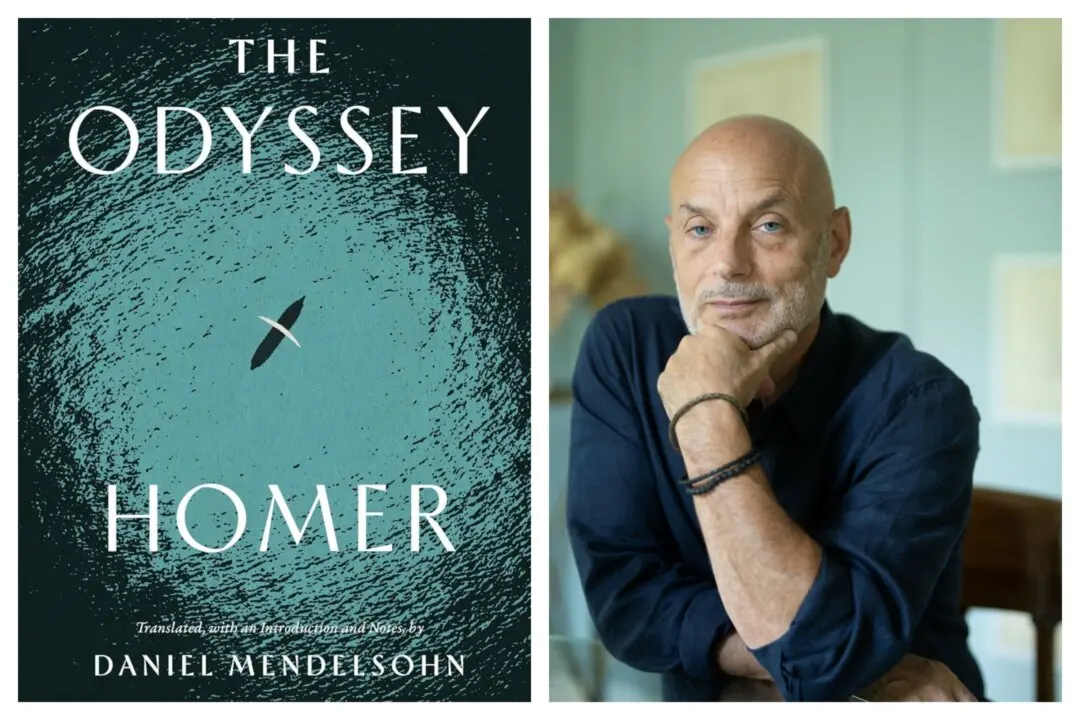What does it take to be considered a successful president? According to the historians who vote in the most well-known presidential rankings list, C-SPAN’s Presidential Historians Survey, it seems to be a mixed bag. Indeed, the rankings seem to have less to do with what a president did or didn’t do during their time, and more to do with how society views them now. One former president on the list, Warren G. Harding, has perpetually been at the bottom of the rankings, and according to historian Ryan Walters, the opposite should be true.
Walters, a history professor at Collin College in North Texas and the author of “The Jazz Age President: Defending Warren G. Harding,” is one of the few historians who have come out in defense of the president who was the executive face of the Roaring ‘20s. He suggests the reason why so few come to Harding’s defense is because of the baggage that has followed him―baggage that, he claims, is steeped in more falsehoods than the truth.






